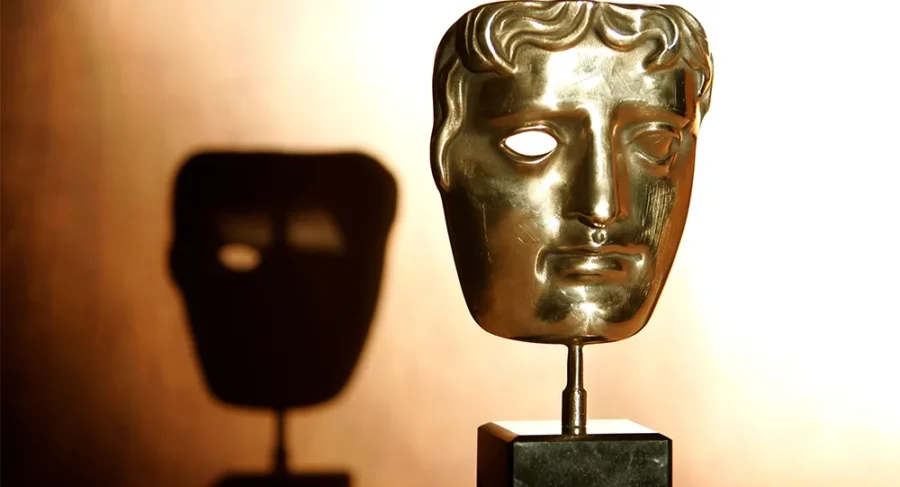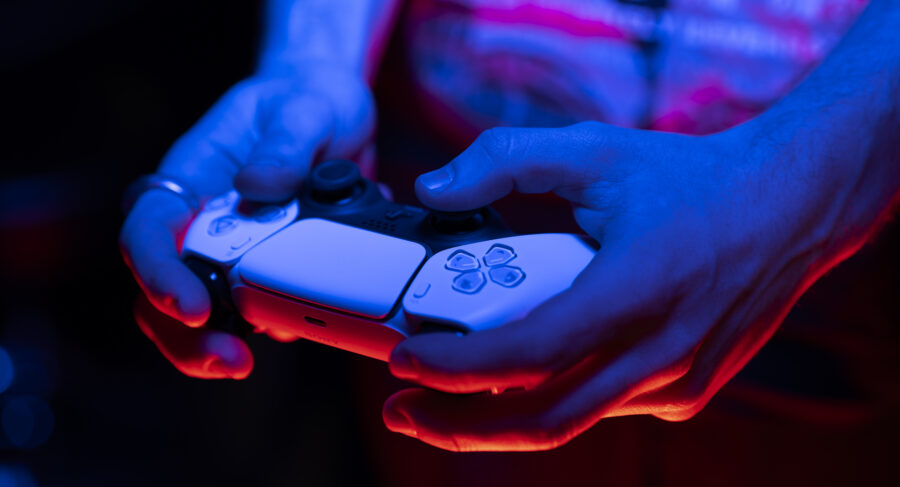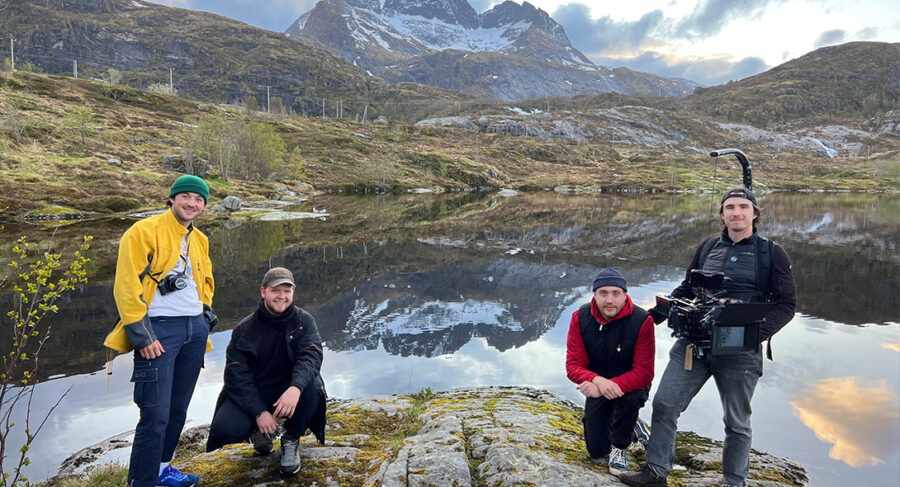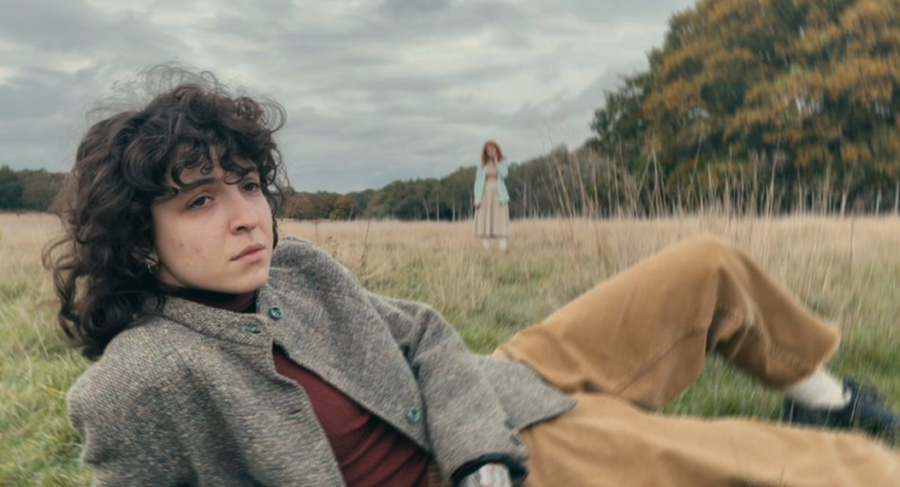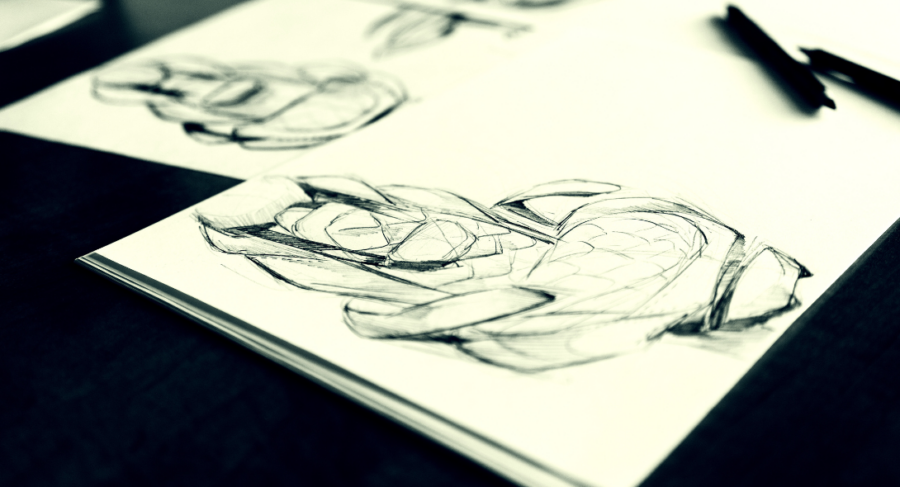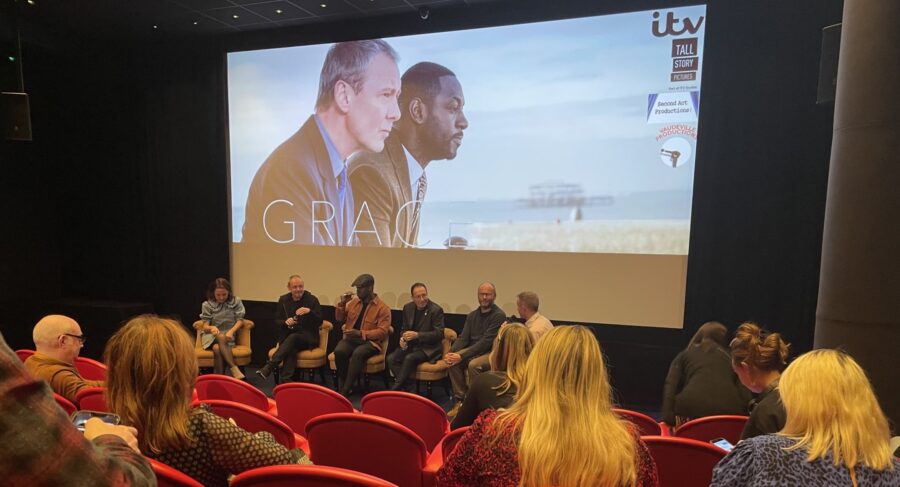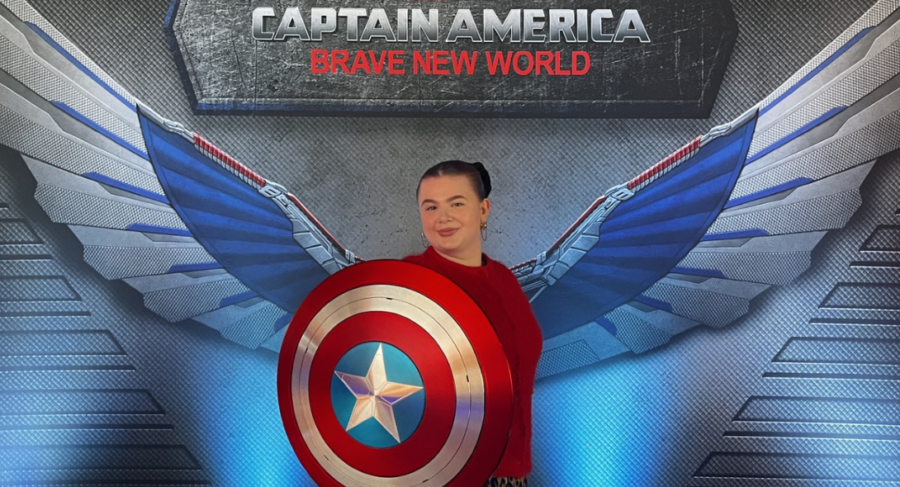Bridging realities: Exploring the synergy between games and animation
By MetStudios
25 April 2025
Games and animation are no longer separate disciplines, but two intertwined creative industries. The two have had major influence on one another over the years and continue to evolve together, particularly in the context of overlapping technologies and the rise of video game adaptations.
Join us as we explore the mutual relationship and synergies between these two disciplines, and learn more about what this means for your career as a creator.
Historical connections
Early animation pioneers like Walt Disney and Max Fleischer established principles such as squash and stretch, and how anticipation and timing are used in the medium. Their work formed the foundation of believable motion, with many of these tenets still used today.
When video games started becoming a ‘thing’ in the late 1970s and early 1980s, early game developers were limited by the basic hardware at their disposal. Pixel art and frame-by-frame sprite animation became the go-to method for developers, drawing directly from traditional animation techniques. Early hits like Donkey Kong (1981) and Super Mario Bros. (1985) echoed hand-drawn animation methods, using exaggerated motion and silhouette design to craft these iconic characters that are instantly recognisable to this day.
By the late 1980s, games like Prince of Persia (1989) were beginning to use an animation technique known as rotoscoping, where live-action footage is traced frame by frame to create lifelike character movement. This was a watershed moment in combining traditional film animation with interactive storytelling.
As technology advanced, 3D animation tools like Maya and 3ds Max found their way into video games, evolving the way that developers used character modelling and motion. Cinematic animation approaches in titles like Tomb Raider and Final Fantasy VII further blended animated film aesthetics with gaming, bringing us closer to the hybrid techniques we see today. Motion capture started to become popular post-2000, enabling the hyper-realistic movement we see in games like The Last of Us and offering animators the opportunity to combine the technology with traditional techniques.
Into the present, games are increasingly embracing stylised animation, from the comic-book inspired aesthetic of Spider-man: Into the Spider-verse influencing Spider-man: Miles Morales, to hand-drawn indie hits like Cuphead, which takes its inspiration from 1930s cartoons fused with game design.
Shared techniques and tools
Many game studios now collaborate with animators, with many actually being employed in house at games studios, creating a fluid exchange of techniques and talent. Unity and Unreal Engine are used in both games and animated filmmaking, as are tools like Blender and Maya. Likewise, animation techniques like rigging and keyframing are now essential in game development, too.
From blend trees and inverse kinematics to procedural animation and motion matching, the needs of one discipline have led to advancements that have benefitted the other. This has had a particular impact on the world of virtual production and VFX, both arms of animation as a discipline, enabling amazing work such as The Mandalorian, a virtual production masterpiece created in Unreal Engine.
Cross-disciplinary collaboration
Both animators and game creators combine technical mastery with artistic skill. Both disciplines require a strong storytelling sense, an understanding of physics and motion, familiarity with software and tools, and a problem-solving mindset. When you bring professionals with these skillsets together, creativity and innovation flourish.
- Read more: Generating ideas in video game design
Titles like Detroit: Become Human rely on close animator-developer teamwork to maintain performance integrity in the face of branching narratives while, on The Last of Us, animators worked closely with writers, actors, and designers to choreograph cutscenes and optimise in-game character movement. The kind of emotionally resonant storytelling these collaborations produce rival live-action TV and film, enhancing the gameplay experience and setting new benchmarks for the industry.
While game creators and animators may have a lot of skills in common, there is so much to be learnt from working together. For example, animators can benefit from adopting procedural tools used in games, while developers can learn how to polish their visuals and create more nuance in their characters from animators. Overall, the shared knowledge each discipline brings to the table allows for faster prototyping and testing, streamlining the famously arduous development process.
Collaborative learning at MetStudios
At MetStudios, we are acutely aware of the benefits to be gained by cross-disciplinary learning, particularly between animation and games creation. Our students work side by side in shared spaces, on shared projects, and with shared goals.
Our Animation students gain real-world experience in adapting their skills to interactive environments, learning how to make movement responsive and expressive. Meanwhile, our games developers sharpen their visual storytelling abilities, learning from their animation peers on how timing, character design, and emotional cues enhance user engagement.
By collaborating in multi-disciplinary teams, students learn effective communication, how to give and receive feedback, and solve creative and technical challenges together. All of this exactly mirrors the landscape of the professional studios they’ll be working in once they graduate.
This integrated approach boosts students’ creativity and confidence, while giving each student a deeper understanding of the full development pipeline. While we place emphasis on mastering technical skills and harnessing creativity, it’s important that students graduate as collaborative creators who can thrive as part of a team and demonstrate skills that go beyond their own specialism.
What’s next?
Immersive experiences in VR and AR are blurring the boundaries between passive viewing and active participation. These experiences rely on the emotional resonance of animation combined with the interactivity of games, once again pulling the two disciplines together. Virtual production uses game technology to create animated environments in real time, empowering collaboration between directors, animators, and developers on set. It’s a seamless fusion of animation and cinematography, with interactive design baked in.
As these technologies continue to evolve, we can expect to see even tighter integration between games and animation. We can expect AI-driven character animation to improve natural responsiveness with players, further normalisation of interactive storytelling blending cinematic animation with real-time player decision making, and – as a result – the emergence of new hybrid roles.
Artists who can animate, code, and design for interactivity are already in high demand – particularly in the screen industries. The ability to transcend the imaginary boundaries between disciplines will be critical for today’s students as they move into an industry that’s rapidly changing. Adaptability and continuous learning are key skills that we emphasise at MetStudios and, the way things are going, these skills are going to be all the more important as the screen industries evolve.
Become the future of the creative industries!
Discover our BA (Hons) degrees in


